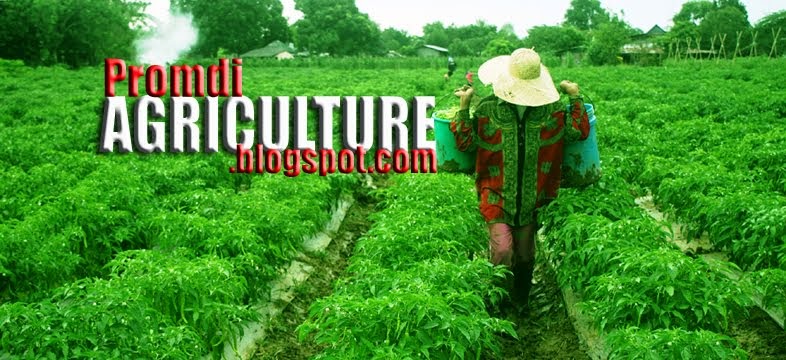Will
transplanting rice seedlings at 8-10 days – a System of Rice Intensification
(SRI) Pilipinas technology, increase yield and reduce cost?
As
general recommendation, rice seedlings are transplanted at 20-25 days old. However, SRI Pilipinas, a non-government
organization, is up to prove that their technology will produce 10t/ha at P5
per kilo in the Palayabangan: The 10-5 Challenge.
Palayabangan,
a nationwide rice production competition initiated by the Department of
Agriculture (DA), with the Philippine Rice Research Institute (PhilRice) as
lead, kicked off in June gathered 36 individual farmers and farmer groups, seed
and fertilizer companies, non-government organizations and civil society groups
nationwide aiming to increase rice produce with lesser expenses.
Non-government
organizations comprising farmers, NGO workers, academicians and government
officials, along with other fertilizer companies, individual farmers and
farmers` group nationwide, accepted the challenge. Seed and fertilizer
corporations like Bayer Philippines, Syngenta and SL Agritech also participated
in the competition.
Venancio
Garde Jr., representative of SRI Pilipinas, said that the NGO participated in
the competition to promote Palayabangan’s goal to its rice farmer-members.
“Palayabangan
will help farmers increase their production and lessen their input cost,” Garde
explained.
The
competition aims to level up the rice production standard to 10-5, that is, 10
tons/ha yield (or 200 cav) at only P5 input cost per kilogram of palay. The
current average input cost is pegged at P11/kg.
“The
10-5 Challenge supports the goal of the Food Staples Sufficiency Program and
the advocacies of the National Year of Rice (NYR 2013). NYR aims to help
increase farmers’ productivity and boost their morale,” Dr. Eufemio T. Rasco
Jr, PhilRice executive director said.
Palayabangan,
according to Rasco, is a “new initiative that will provide opportunities for
all players in the rice sector to show what they can do to improve yield and
reduce production cost.”
“This
initiative will also address issues on agriculture competitiveness, which would
eventually help decrease smuggling and importation,” he stressed.
He
added that the 10-5 Challenge will continue until the goal of “high income-low
cost production” is achieved and sustained.
The
competition was opened to individual farmers or farmer groups, Gawad Saka
Awardees, seed companies, fertilizer companies, non-government organizations,
civil society groups, and state colleges and universities.
Prizes
at stake are as follows: P5 million in project fund and technology promotion
activities for the national winner; P100 thousand in cash for the regional
winners; and P10 thousand in cash for consolation prizes. Winners will be known
in November 2013.
For
queries, call or text 0920 911 1398.



